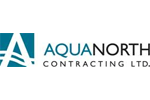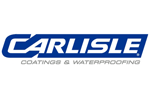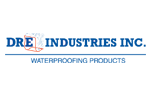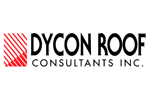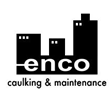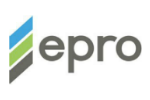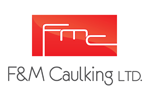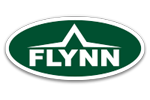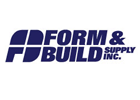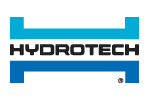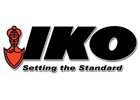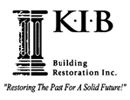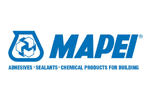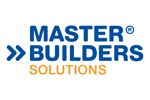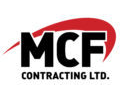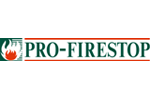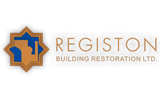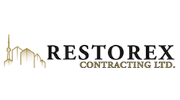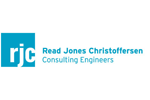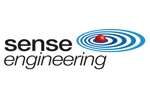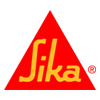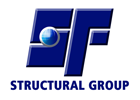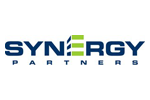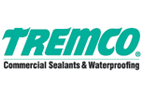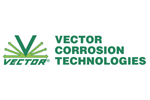Building Resiliency: The Evolution of High-Performance Rear Ventilated Rainscreens
by Matt Bradford
It was a showcase for industry resilience and engineering innovation during SWA's Evolution of Rear Ventilated Rainscreen (RVR) Facades Seminar and Luncheon.
The afternoon event was held May 2, 2019, at The Vue Event Venue in Etobicoke. SWA President Bill Mackay kicked things off with a thank you to attendees, after which he touched on the important role SWA’s luncheons and seminars play in keeping member companies up to speed on current industry trends, ideas, and innovations.
After a quick rundown of association news, Mackay welcomed Reid Johnson, Project Director, Building Science, WSP; and Nicholas Swerdfeger, Principal, Barry Bryan Associations; who spoke to the rise of High Performance (HP) RVRs and their many benefits.
"The construction industry is moving towards innovation in prefabricated/engineered systems, as our availability of skilled labour forces, along with the increasing costs due to this shortage, has begun to open up the market to these systems," said Swerdfeger. "As a whole, these engineered and pre-fab systems give us more control over the quality of assemblies and materials, enables better envelope design, provides longer warranties, and contributes to higher quality buildings using modern technologies."
Past inspirations
With origins dating back to the 12th Century, the concept of rainscreen cladding is nothing new. In more recent years, however, the reliability and functionality of these critical exterior wall features have evolved in terms of design, engineering, and manufacturing.
Today, there are several rainscreen cladding options available in the market, including:
- Drained, featuring no air gaps and drainage only at the bottom;
- pressure equalized, in which each element is compartmentalized; and
- Rear ventilated, screening with air gaps between the cladding and the wall to facilitate air movement from top to bottom.
It's the latter of these styles that took the spotlight during SWA's presentation; in large part, says Johnson, because modern high-performance RVRs (HP RVR) offer a host of advantages over their counterparts in terms of functionality, flexibility, and ease of fabrication.
No doubt, RVR cladding has come a long way. This was made evident through several of Johnson and Swerdfeger's GTA project case studies which highlighted the excessive water leakage, deterioration, and poor overall building performance caused by RVRs that were improperly designed and installed on older properties.
"Rainscreen design is critical," said Swerdfeger. "We get calls to come look at buildings that were built decades ago and claim to have rainscreen cladding, only to get there and find the components were installed poorly, elements are missing, or there really isn't any screening at all."
Herein, highly engineered HP RVR systems are fast becoming a reliable, sustainable, and energy-efficient solution for both retrofit projects and new construction alike. Moreover, added Swerdfeger, advanced engineering and fabrication processes enables builders to use HP RVRs to achieve more modern styles: "The ability to design through panelization, manufacturing, prefabrication, and high-efficiency optimization, allows designers, architects, engineers, and installers to create and implement a higher, more detailed, and more efficient level of design. For property owners, that means better-looking buildings, which attract more people and, in turn, more revenue."
An integrated solution
The advantages of high-performance RVRs extend beyond asset resilience and sustainability. As Johnson and Swerdfeger made clear their presentation, project stakeholders also benefit from the ease by which HP RVR can be fabricated and integrated into new and existing properties.
"Prefabrication, manufacturing, and the high-performance systems and components associated with HP RVRs allows it to be to integrate seamlessly within the tower renewal construction process, reducing construction times and labour costs, while enhancing the performance of building assets and minimizing tenant disruption," explained Swerdfeger.
In the case of new building scenarios, he continued, there are benefits to taking an integrated design approach which includes considerations for HP RVRs at the very onset of the project.
The presentation also made a case for the benefits of HP RVR prefabrication, noting this approach can reduce expenses, labour, and time on-site.
HP RVRs in Action
With many of the GTA's buildings coming up for renewal, or in dire need of exterior repair, now is an ideal time for builders and engineers to demonstrate the value of HP RVRs to their clients. And with development ramping up on condos, office towers, and high-rises in the GTA, SWA members have more opportunities than ever to leverage HP RVRs to achieve more desirable and sustainable outcomes.
“With more buildings reaching the renewal stage, it is important that when these projects are completed that proper detailing and that rainscreen principles are applied so that these buildings operate efficiently and properly," said Johnson. "This is great from an operations side in that it reduces leakage and operating costs, but it is also sustainable by providing an opportunity to increase the airtightness and thermal performance of buildings for reduced energy use. That lengthens the building life reduces the need for teardowns and rebuilds."
Speaking to the need to embed more innovation into such projects, and explore beyond traditional methods, he added, "Technologies and trends are constantly changing, so we need to step out of our comfort zone and push the envelope further than we have before. Implementing fully engineering RVR’s – where each piece is from one manufacturer and one warranty, and has a track record in other cold climates -- helps us explore more innovative facades without reinventing the wheel."
Swerdfeger and Johnson closed their presentation with a look at several local projects that have (or are slated to) implemented HP RVRs systems. The pair also took questions from SWA members concerning costs, manufacturing feasibility, and some of the finer engineering details.
Looking back on the afternoon session, Swerdfeger, tells SWA, "We hope we were able to show that there are always options and that these materials, systems, and methodologies can provide new opportunities for all of us to engage and incorporate to provide better buildings."






